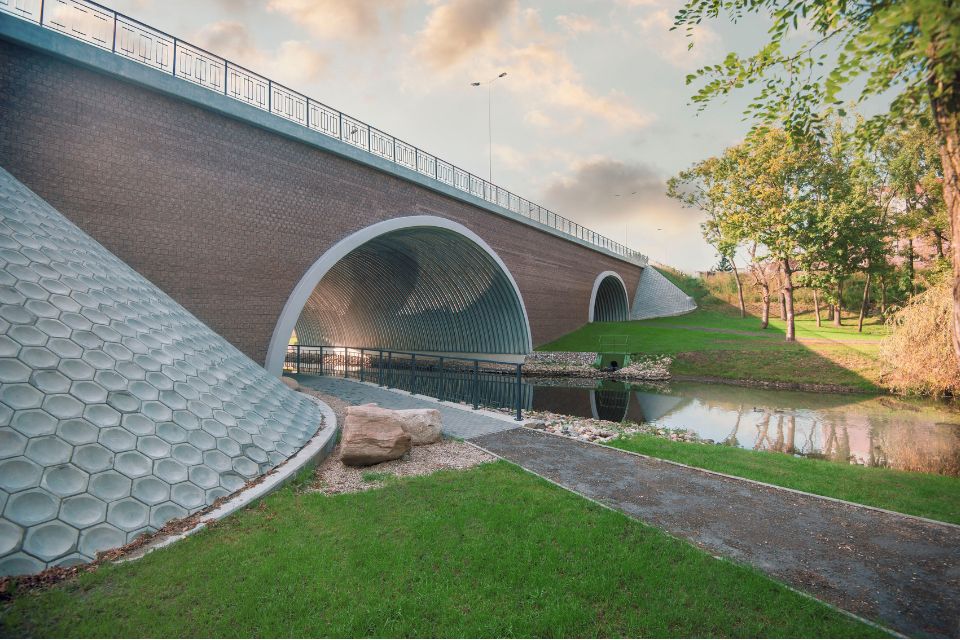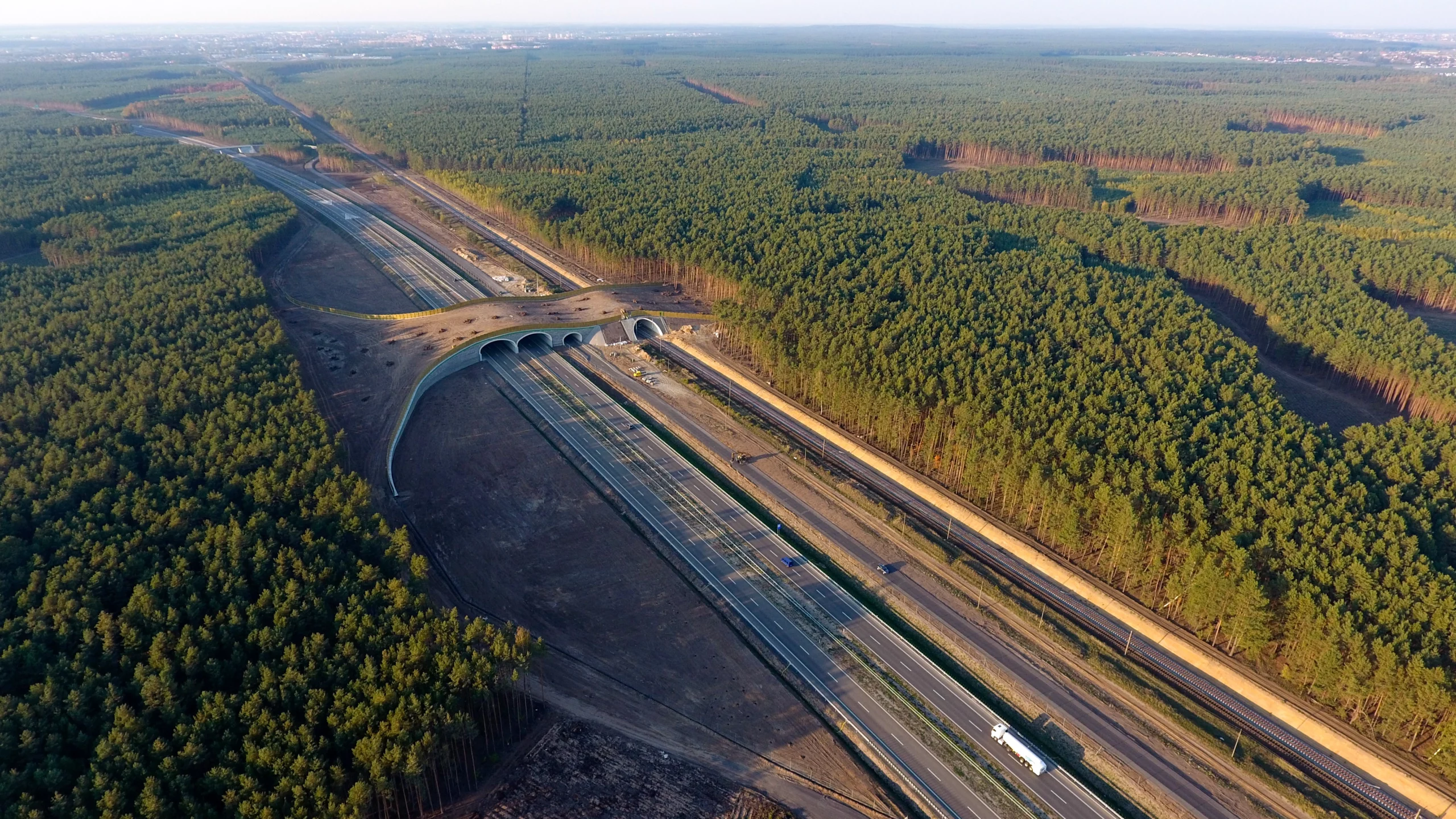“Sustainability” is a watchword for the times in which we live. But it is easy to overuse without substantiating what it really means. Sustainability, at its core, is an approach to using resources that balances the needs of the present with the needs of the future. It can easily, however, fall prey to everything from a diluted and unclear meaning to outright greenwashing and false green claims. In fact, the concept of “sustainability” is a complex ecosystem of concerns with environmental, economic, social and governance dimensions all underpinned by historical considerations, systemic issues and future outlooks.
What is sustainable infrastructure?
Infrastructure is defined by the construction of the foundations of society and the things we as a society use, such as road and bridge construction, or water management systems, among other shared components that make society operate effectively.
Building sustainable infrastructure takes this a step further. Sustainable infrastructure encompasses the planning, design, construction, and operation of all manner of infrastructure: buildings, transportation systems, water and waste management facilities, and energy systems with a focus on minimizing negative environmental impacts and enhancing social and economic well-being.
It considers the UN Sustainable Development Goals, in particular goal 9, which aims to “build resilient infrastructure, promote sustainable industrialization and foster innovation”. ‘Resilience’ here can mean that construction is durable and uses circular, recyclable materials. It means that society builds things to last and thinks about the long term life cycle of construction as early as the planning stages. Sustainable design and construction looks beyond today to think about how construction holds up, what materials work best in the environment in which construction happens, and what benefits society overall.
Building sustainable infrastructure = Critical component for shared value creation
Building sustainable infrastructure is a balance between present-day value and future-oriented growth. It prioritizes people and planet alongside that shared value creation. When designing and constructing the infrastructure of the future, it is critical to think about climate change, resource scarcity, and resource circularity, but it is also important to think about the people who will live in the society and use this infrastructure today as well as 50 or 100 years from now.
For example, one concept fueling the sustainable infrastructure concept is the 15-minute city and its aim to “put people at the center of urban transformation”. The 15-minute city is an urban planning approach that advocates the idea that most daily necessities and services, such as work, school, healthcare, and shopping, should be reached within 15 minutes on foot, bike or public transport from any point in a city.
As inspiring an idea as this is, we can already see the catastrophic effects of natural disasters – exacerbated by climate change – pushing many of the world’s cities to the brink of what they can manage. For example, New York City’s subway lines have flooded more than once, and this is only going to get worse with rising sea levels, land sinking, and crumbling infrastructure. But it’s not all bad news: Many cities are designed to work with, for example, encroaching and increasing water levels.
And that’s the point of sustainable infrastructure. How can we design and build effectively for a changing climate? A few considerations include:
Adopting climate-resilient design
Effective climate-resilient design begins with a comprehensive understanding of the local climate and its projected changes. Designers and architects must consider temperature trends, precipitation patterns, soil conditions and geotechnical concerns, and the likelihood of extreme events. We can see the consequences the full complement of data and analysis is not considered.
Mitigating more frequent flooding
The frequency and intensity of floods are increasing. Engineers must design bridges, roads, and drainage systems capable of handling larger volumes of water. Water/flood management systems need to be included in infrastructure planning from the beginning.
Building with circular, sustainable materials
Using 100% recyclable but long-lasting materials is another key aspect of sustainable infrastructure. A circular model focuses on reducing waste and maximizing material lifespans. In the case of many infrastructure projects, such as bridges and water management, steel is completely circular, and its strength and durability ensure that steel construction is long-lasting.
Building sustainable infrastructure is complex
As complex a topic as it is, sustainable infrastructure is the way forward, applying circular design principles and materials to the construction of bridges, culverts, water tanks, and water management solutions, and all kinds of other infrastructure, we can reduce waste, conserve resources, and promote a more environmentally friendly and economically viable future.
This is just the beginning and only touches on the complexity of the issue – which is systemic and requires coordination between the public and private sectors, urban, land and construction planning that considers current needs equally with those of the future.
Let’s discuss how we can forge the future of sustainable infrastructure. Get in touch.

